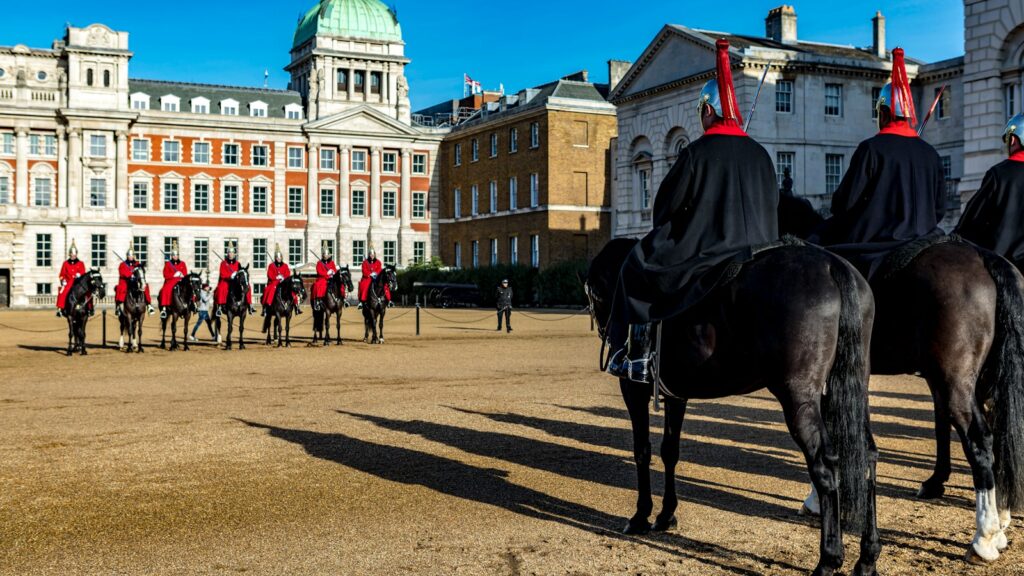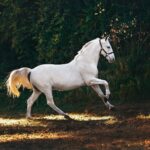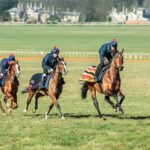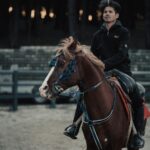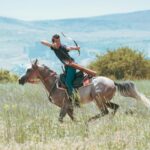When we think of royal steeds, images of majestic horses in castle courtyards or carrying knights into battle often come to mind. However, these noble animals have a fascinating and often overlooked presence in ranch life across the world. The transition of these prestigious animals from palace grounds to working ranches reveals surprising aspects of equine history, breeding practices, and cultural significance. Today’s ranch horses often carry bloodlines that trace back to royal stables, bringing centuries of careful breeding and royal influence into the everyday working environments of modern ranches. This exploration unveils the hidden connections between royal equestrian traditions and contemporary ranch life, demonstrating how these magnificent animals continue to shape our relationship with the land.
The Hidden Royal Heritage of Ranch Horses
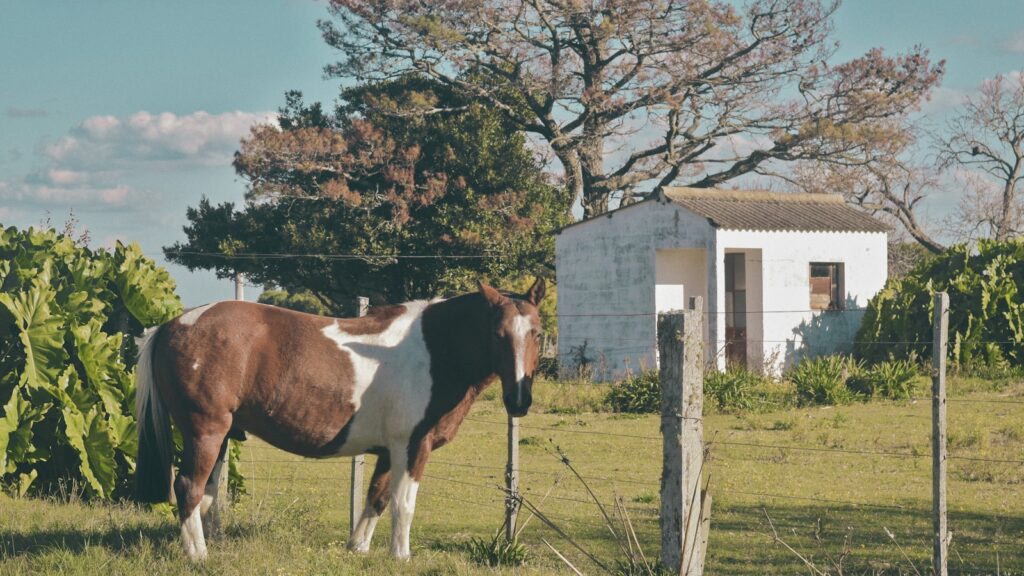
Many ranch horses working cattle today carry bloodlines directly connected to royal breeding programs from centuries past. Spanish Colonization brought horses with Andalusian heritage—animals bred specifically for Spanish nobility—to the Americas, forming the foundation for many ranch horse breeds we know today. Historical records show that European monarchs, particularly those from Spain, Portugal, and later England, invested enormous resources in developing superior horse bloodlines, with these genetics eventually finding their way to working ranches across continents. DNA studies of modern ranch horse populations confirm this royal connection, with genetic markers linking mustangs and quarter horses to carefully managed royal breeding stock. The seemingly ordinary ranch horse may be several generations removed from its aristocratic ancestors, but the refined attributes developed for royal purposes—intelligence, stamina, and tractability—now serve practical purposes in ranch environments.
From Royal Parades to Ranch Work: The Evolution of Purpose
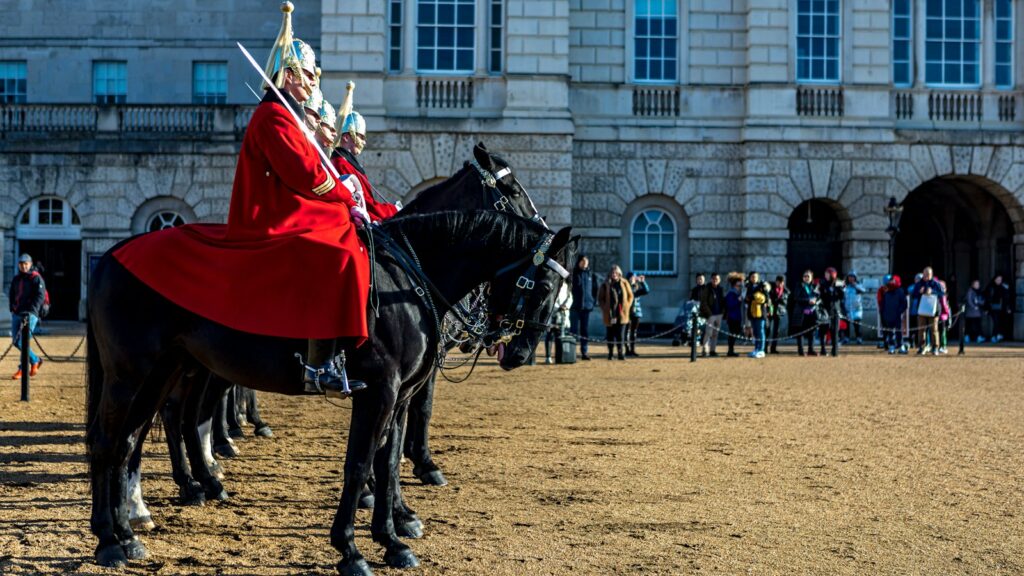
The transition from ceremonial to practical purposes represents one of the most dramatic shifts in the history of royal-blooded horses. In royal settings, horses were often bred and trained primarily for their appearance, gait, and ability to perform in formal displays, with practicality being a secondary concern. This emphasis dramatically changed when these bloodlines reached ranching communities, where survival and utility became the primary selective pressures. Interestingly, many traits valued by royalty—such as intelligence, trainability, and athletic ability—proved invaluable in the demanding conditions of ranch work. The Lipizzaner bloodlines, famous for their connections to the Habsburg monarchy, contributed to several working ranch breeds, bringing their legendary intelligence and trainability to practical applications. This transformation demonstrates how adaptive these royal breeding programs were, inadvertently creating animals that could excel both in palaces and pastures.
The Unexpected Practicality of Royal Breeding Standards
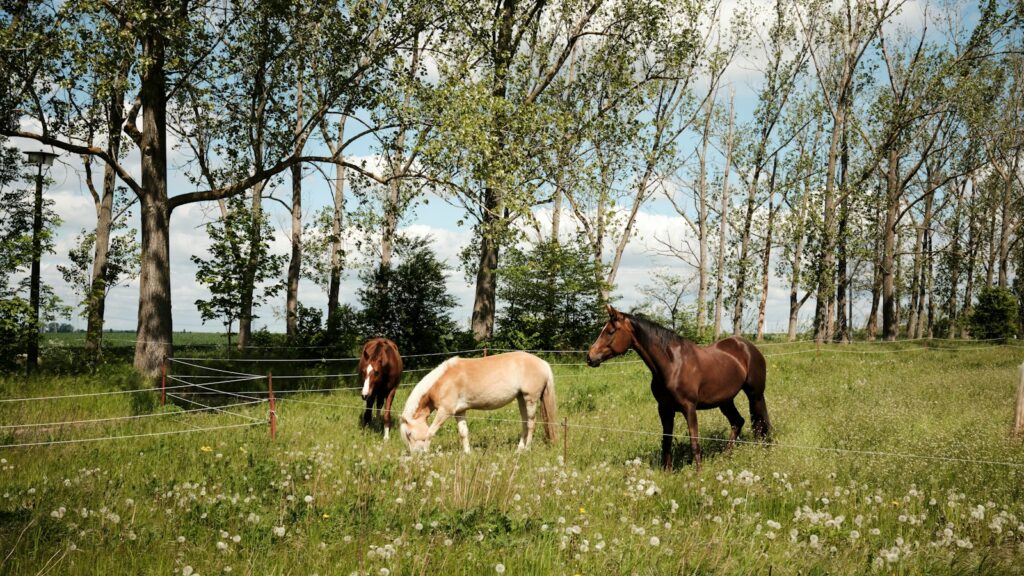
While royal breeding programs were often criticized for emphasizing beauty over utility, many of these standards created surprisingly practical advantages for ranch work. The emphasis on responsive temperaments—essential for horses expected to behave impeccably during state ceremonies—translates directly to the partnership needed between ranch hands and their mounts during complex cattle operations. Royal stables prioritized horses with clean legs and sound conformation, anticipating the animals’ longevity in service to the crown, which coincidentally created animals well-suited to withstand the physical demands of ranch work. Historical breeding journals from European royal stables reveal selection criteria that mirror modern ranch horse requirements: intelligence, stamina, sure-footedness, and calm disposition under pressure. The Arabian influence in many royal breeding programs—prized for their endurance and loyalty—created foundation stock that would excel in the harsh conditions found on frontier ranches.
Royal Horsemanship Techniques That Revolutionized Ranch Training
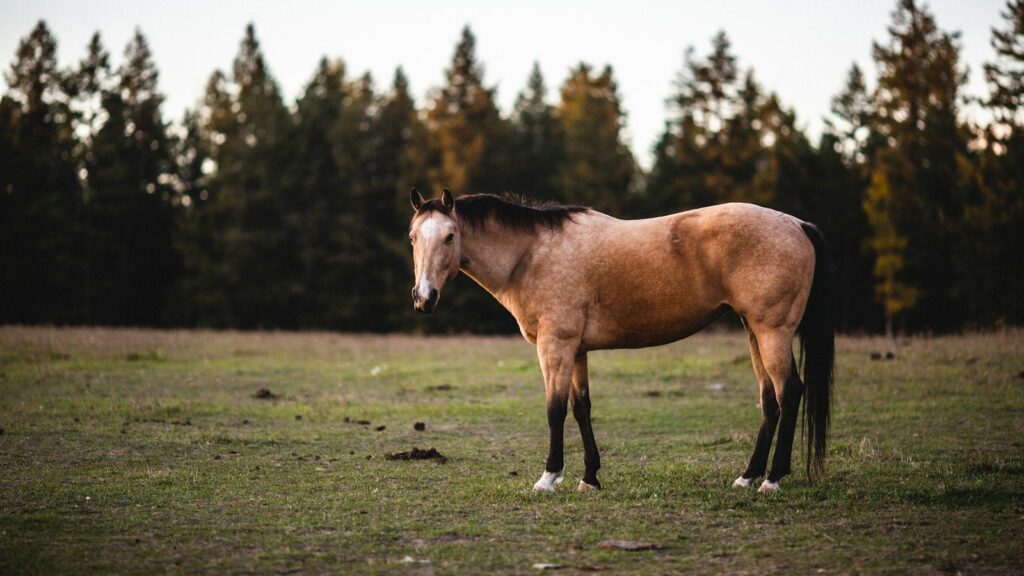
The refined horsemanship methods developed in royal riding academies have significantly influenced modern ranch horse training, though this connection is rarely acknowledged. The Spanish Riding School, patronized by Habsburg royalty, developed systematic training approaches that emphasized partnership rather than domination—principles that have been incorporated into natural horsemanship methods popular on today’s ranches. Historical documents reveal that royal horse trainers pioneered many techniques now considered standard in ranch horse training, including progressive desensitization and reward-based training systems. The concept of collection—teaching a horse to carry itself in balance—was refined in royal riding halls but proves equally valuable when a ranch horse must navigate difficult terrain while working cattle. Perhaps most importantly, the royal tradition of viewing horses as valuable partners worthy of careful development, rather than disposable tools, has influenced the best of modern ranch horsemanship philosophies.
Nutritional Wisdom: Royal Feeding Practices on Modern Ranches
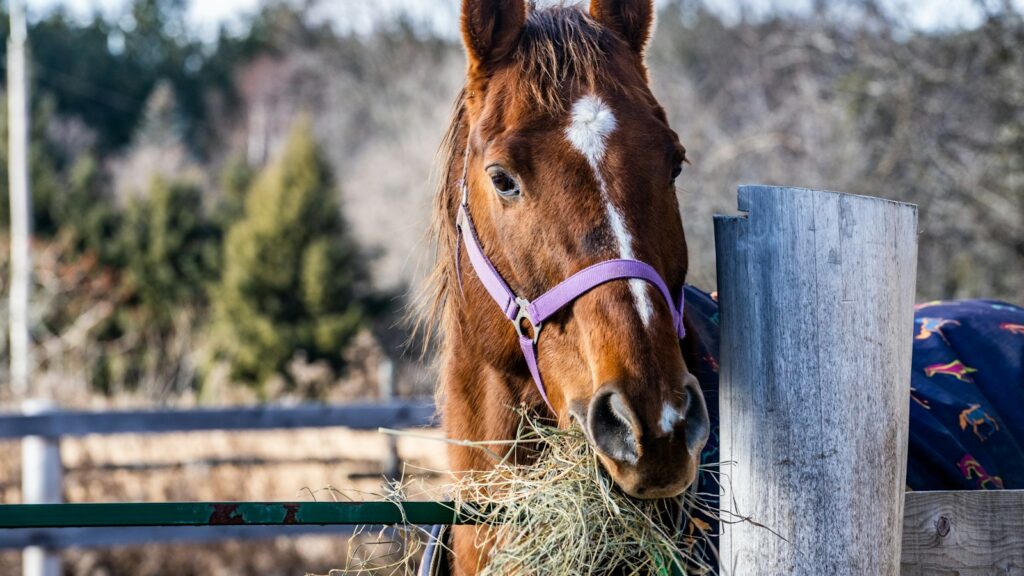
The meticulous attention paid to royal horses’ diets has influenced modern ranch feeding practices in surprising ways. Royal stable records dating back centuries document carefully planned feeding regimens that included varied grains, selected herbs, and seasonal adjustments—principles now reflected in modern equine nutrition science. Specialized feed combinations developed for royal breeding stock have evolved into commercial formulations used on ranches worldwide, with many “secret recipes” from royal stables now validated by nutritional research. Historical accounts describe royal grooms feeding horses individually according to their specific needs—a practice now considered best management on well-run ranches, rather than the one-size-fits-all approach that dominated early ranch operations. This nutritional legacy demonstrates how the resources once dedicated to maintaining royal image and performance created knowledge that benefits working ranch horses today, helping them maintain health and energy through demanding work seasons.
Architectural Influences: From Royal Stables to Ranch Barn Design
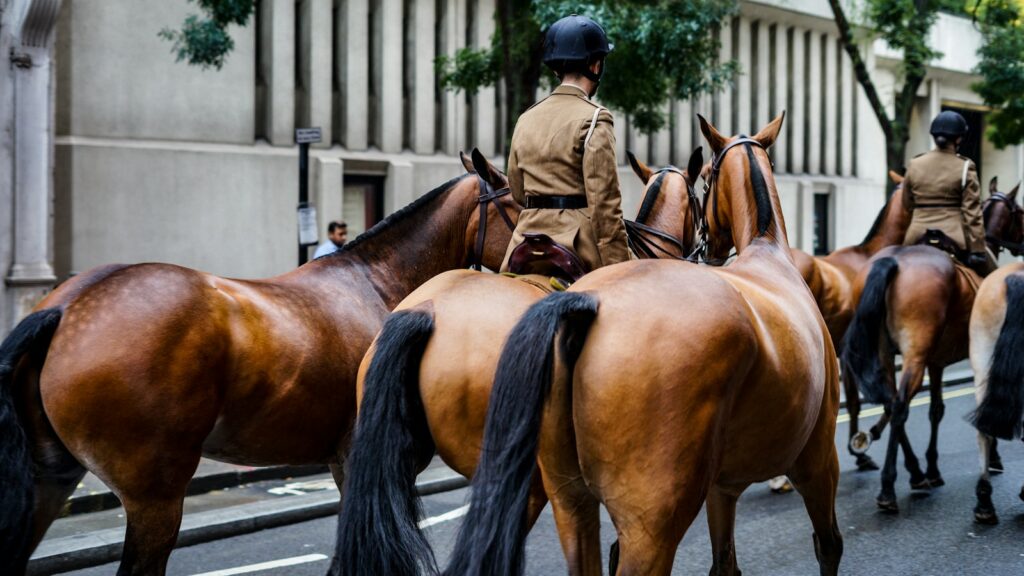
The design principles that guided the construction of royal stables have subtly shaped modern ranch barn architecture in ways that benefit both horses and handlers. Royal stables pioneered ventilation systems that balanced airflow with temperature control—features now considered essential in properly designed ranch facilities. The Versailles stables, built under Louis XIV, introduced innovative stall designs that provided both security and comfort, influencing dimensions still considered standard in quality ranch barns. Archaeological and architectural studies of historical royal stables reveal thoughtful details like proper drainage, strategic window placement, and durable materials that have become standard features in well-designed ranch facilities. Perhaps more surprisingly, the concept of purpose-built areas for different activities—separate spaces for grooming, veterinary care, and riding—originated in royal stable complexes but now appears in modern ranch layouts, improving efficiency and safety.
The Surprising Democracy of Royal Horse Genetics
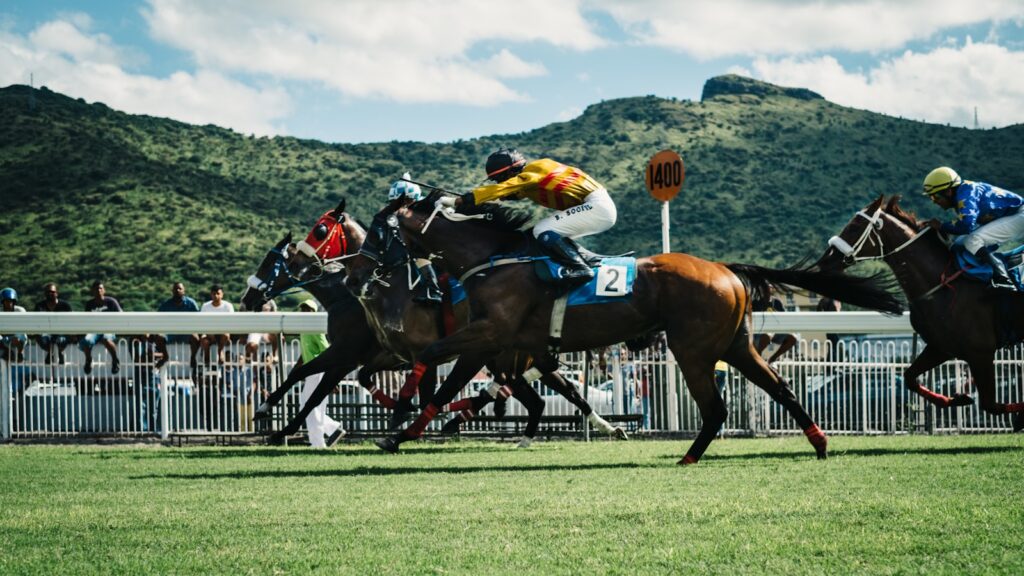
Despite their aristocratic origins, royal horse bloodlines have become remarkably democratic in their distribution across ranching communities worldwide. The Thoroughbred, developed through royal patronage in England, has influenced ranch horse breeding globally, contributing speed and athleticism to working bloodlines accessible to ranchers of modest means. During political revolutions and regime changes throughout history, royal horses were often distributed among the general population, democratizing access to these superior genetics and creating lasting impacts on regional ranch horse populations. Genetic studies of ranch horse populations in areas as diverse as Argentina, Australia, and the American West show remarkably similar markers tracing back to royal breeding programs, demonstrating how these once-exclusive bloodlines have become part of the common heritage of ranching communities. This genetic democratization represents one of history’s great equalizers, with the careful breeding work commissioned by monarchs now benefiting ordinary working ranches across social and economic boundaries.
Royal Colors and Markings in Ranch Horse Populations
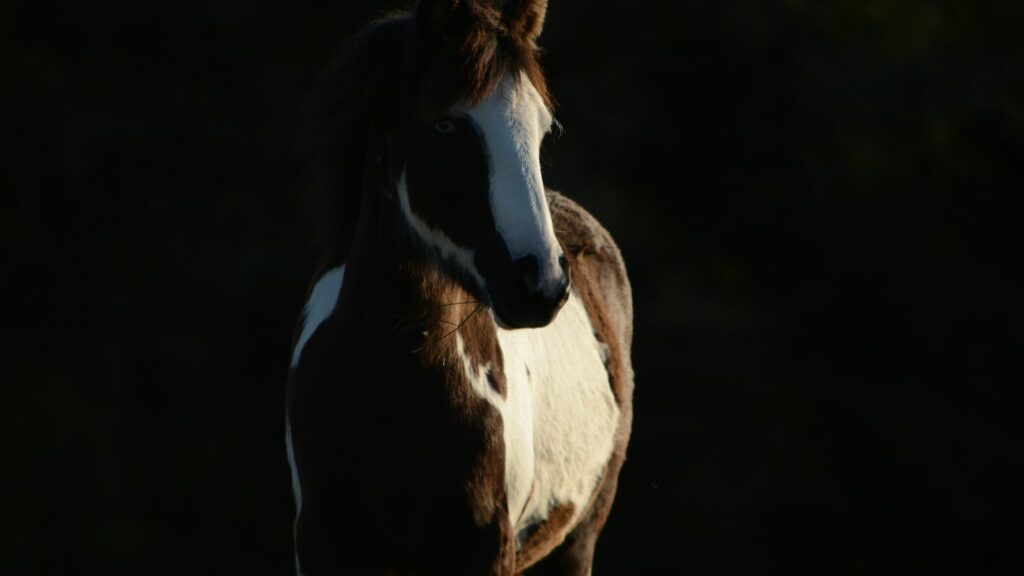
Distinctive coat colors and marking patterns once selectively bred for royal identification and symbolism continue to appear in ranch horse populations today. The cream gene, which produces palominos and buckskins, was actively selected for in royal breeding programs because these golden horses created spectacular visual displays during state ceremonies, and now these colors are prized among many ranch communities. Historical accounts describe how certain European courts maintained horses with specific marking patterns—such as particular facial blazes or leg markings—as a form of living heraldry, with these genetic patterns still appearing in descendant populations on ranches worldwide. The Appaloosa pattern, with its distinctive spotting, held ceremonial significance in several royal traditions before becoming associated with working ranch horses in the American West. White markings, once carefully bred to match in royal processional teams, now serve the practical purpose of making ranch horses more visible during low-light work conditions such as pre-dawn cattle gathers.
Health Practices: From Royal Veterinary Innovations to Ranch Care
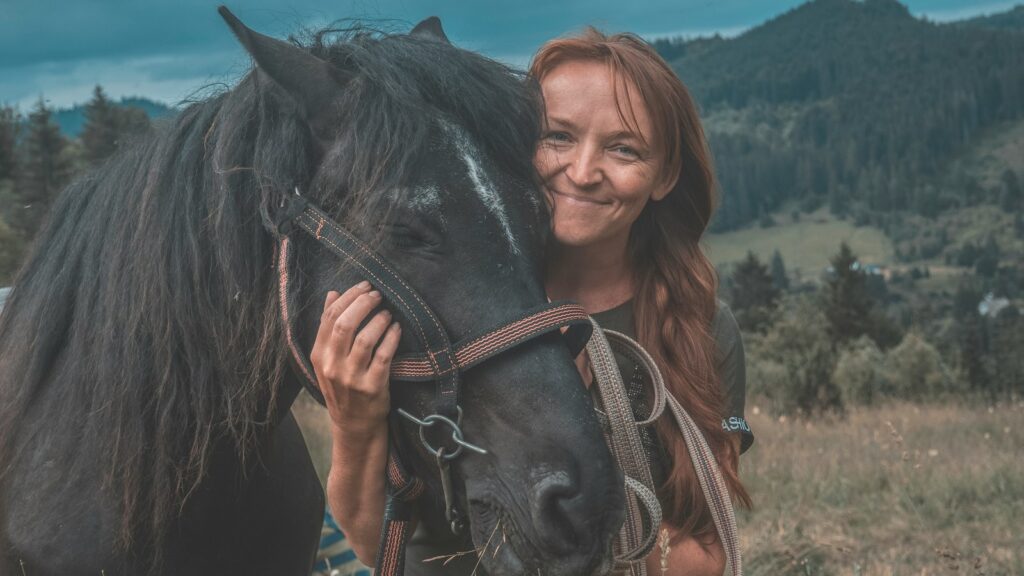
Many standard health practices on modern ranches originated in royal stables, where resources were devoted to pioneering veterinary care. Royal stables employed dedicated veterinary professionals centuries before such care was common, developing treatments for common equine ailments that would later benefit horses across all social classes. Historical records from the stables of Catherine the Great document systematic parasite control protocols remarkably similar to those used on well-managed ranches today, demonstrating how royal resources advanced equine health practices that eventually became standard. The practice of maintaining detailed health records for individual horses, now considered essential in responsible ranch management, originated in royal stables where each valuable animal’s medical history was meticulously documented. Preventative health measures—including regular dental care, hoof maintenance, and controlled exercise regimens—were pioneered in royal contexts before becoming standard practice in the ranch industry, showing how the privilege of royal horses ultimately created knowledge benefiting all equines.
Ceremonial Equipment Adapted for Ranch Functionality
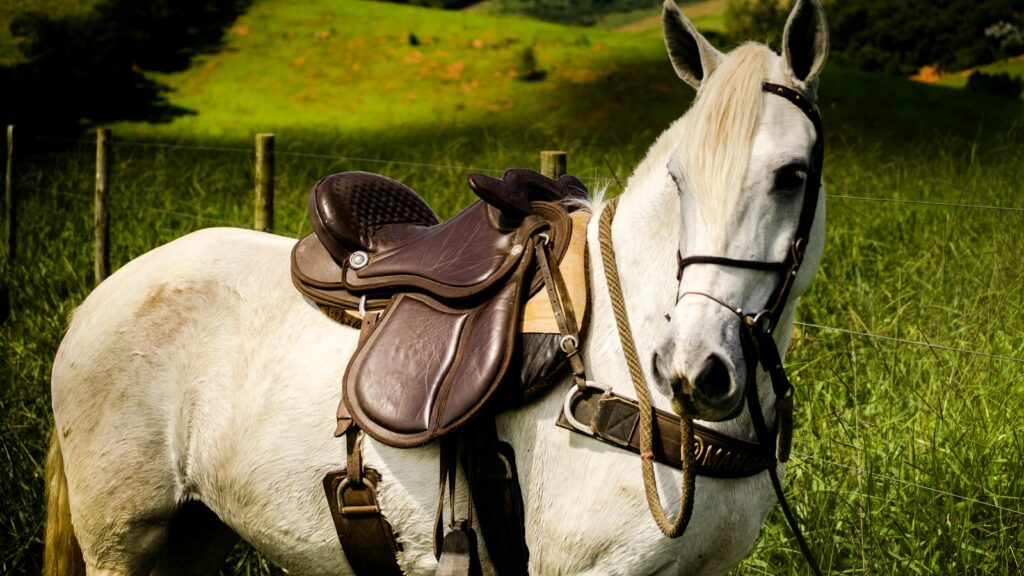
Many tools and tack items used daily on ranches evolved from ceremonial equipment designed for royal horses, combining practicality with historical elegance. The western saddle, essential to ranch work, incorporates elements from Spanish royal cavalry designs, including the horn (originally a knob for securing military equipment) that became repurposed for roping cattle. Elaborate silver conchos and decorations that appear on working ranch equipment trace their origins to royal parade gear, where they served as symbols of status before being adapted for both practical and aesthetic purposes in ranch communities. Bit designs used by working cowboys often have direct connections to royal riding schools, where fine control for precise movements was developed for courtly demonstrations before being repurposed for cattle work. This evolution from ceremony to function demonstrates the remarkable adaptability of equestrian traditions, with ranch cultures preserving elements of royal heritage while transforming them to meet practical demands.
Cultural Transfer: Royal Equestrian Traditions in Ranch Communities
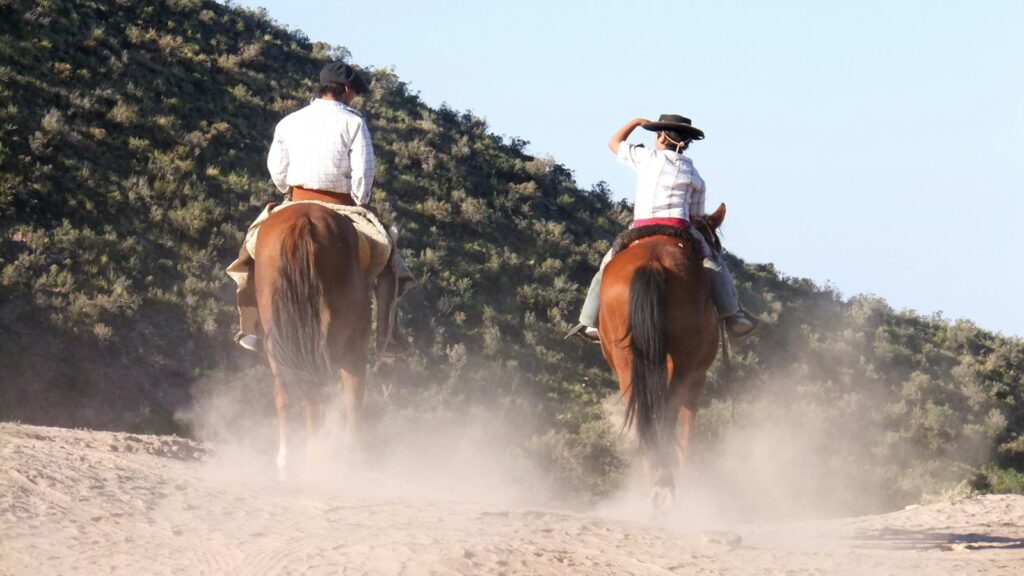
Beyond bloodlines and equipment, subtle cultural practices from royal equestrian traditions have been integrated into ranch horsemanship in ways that often go unrecognized. The concept of horsemanship as an art form worthy of lifelong study, central to royal riding academies, continues in the best ranch traditions where skilled horse handling is respected and celebrated across generations. Vocabulary used in everyday ranch horse training contains numerous terms derived directly from royal riding traditions, with words like “collection,” “impulsion,” and “on the bit” originating in classical royal equitation before being adapted to working contexts. The practice of mentorship—pairing experienced horsemen with younger students—mirrors the formalized training structure of royal riding academies, preserving knowledge through direct transmission rather than written instruction. Even the ceremony and pride surrounding horsemanship in ranch cultures echoes royal traditions, with the skilled ranch rider commanding a respect similar to that once accorded to royal equestrians, demonstrating how deeply these aristocratic values have been integrated into democratic ranch communities.
Conservation Efforts: Preserving Royal Bloodlines on Modern Ranches
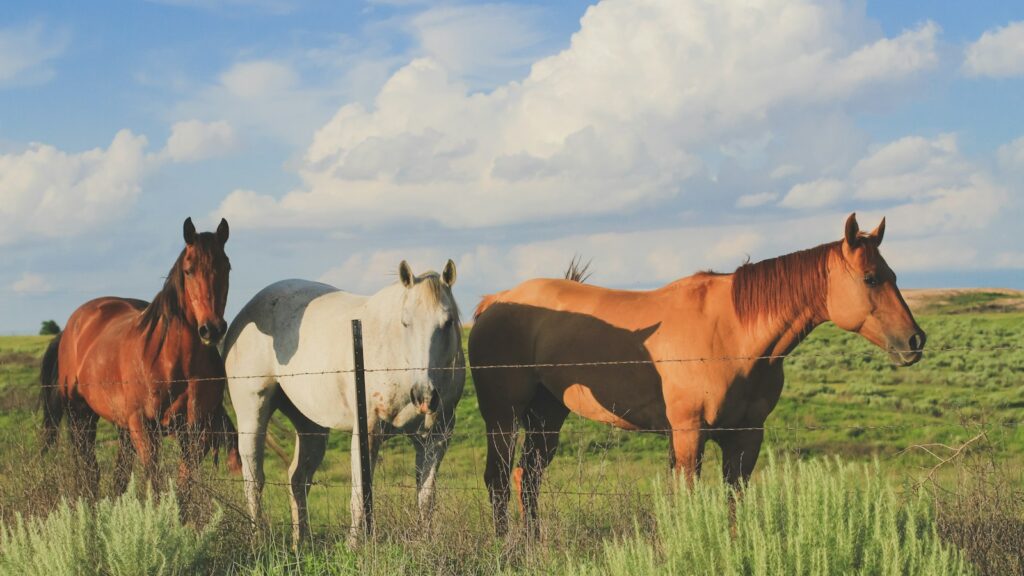
Modern ranches have become unexpected sanctuaries for preserving historic royal horse breeds that might otherwise face extinction in a mechanized world. Working ranches in several countries participate in conservation breeding programs for threatened bloodlines like the Spanish Colonial Horse, helping maintain genetic diversity in populations descended directly from royal breeding programs. The skills required for traditional ranch work provide meaningful employment for heritage breeds like the Lipizzaner, Andalusian, and Lusitano—all breeds with royal origins that might otherwise become mere cultural curiosities without practical purposes. Conservation ranches specifically dedicated to these historical breeds often combine working cattle operations with educational programs that highlight the royal heritage and historical significance of these equine bloodlines. This preservation work represents a unique intersection between agricultural practicality and cultural heritage conservation, with working ranches serving as living museums where royal equestrian history remains relevant through continued functional partnerships between horses and humans.
conclusion
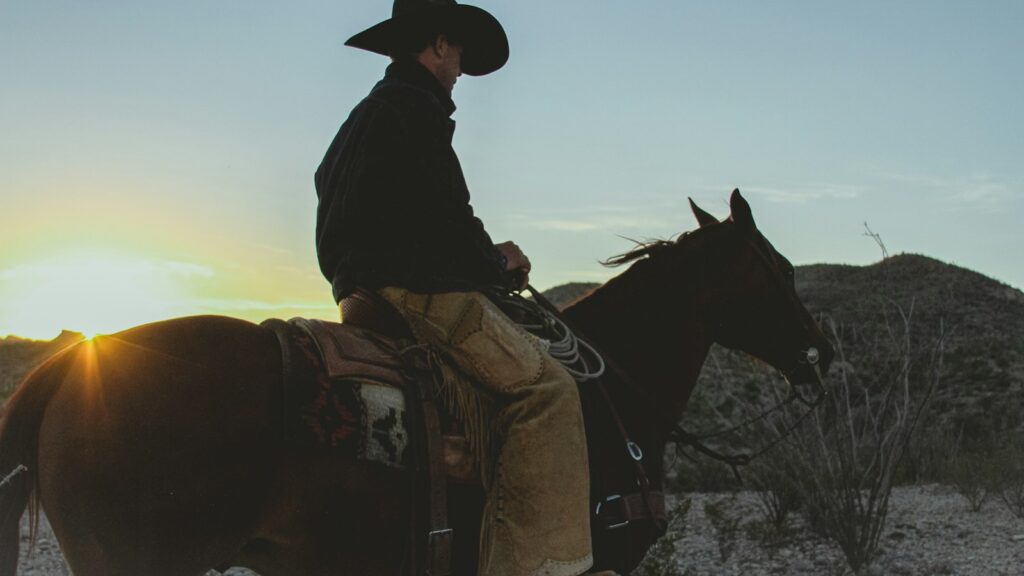
The presence of royal equine heritage in everyday ranch life offers a fascinating lens through which to view the democratization of once-exclusive breeding and horsemanship traditions. What began in palace stables has evolved to meet the practical demands of working landscapes, with royal bloodlines and practices now thoroughly integrated into ranching cultures worldwide. This transformation demonstrates the remarkable adaptability of both horses and horsemanship traditions, crossing boundaries of class, culture, and purpose. As modern ranches face changing economic and environmental pressures, the resilience built into these royal bloodlines may prove valuable yet again, helping these working partnerships adapt to new challenges. The next time you observe horses working on a ranch, consider that you might be witnessing living history—royal traditions and bloodlines continuing their service to humanity, not in gilded ceremonies, but in the essential daily work that connects humans to the land.

